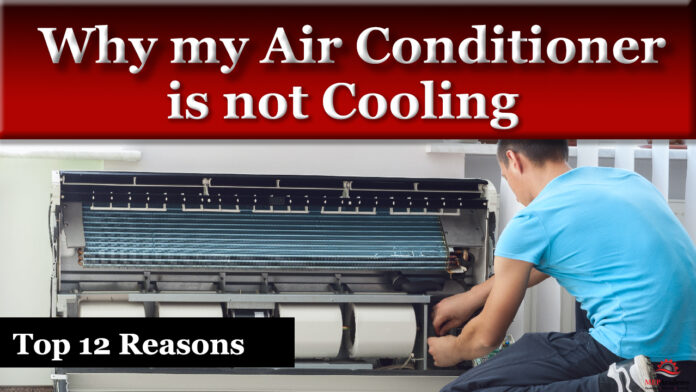Why is my Air Conditioner not Cooling? There are many things that can cause your air conditioner to underperform when you need it most. Here are a few things to check before calling your local air conditioning company unless you prefer a professional to do this.
If you prefer to watch the YouTube version this presentation, then scroll to the bottom or click this link Why is my Air Conditioner not Cooling
Dirty Filters
One of the most common reason for less cooling is clogged filters. You should replace your filters seasonally or more frequently depending on the usage of your air conditioner. Dirty filters will reduce the air flow to the rooms, causing a loss in cooling.
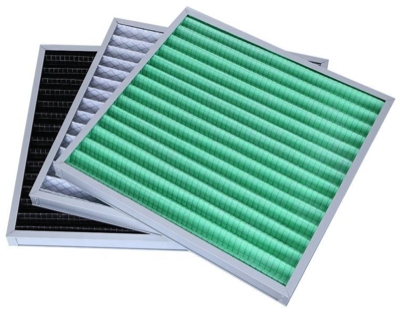
Dirty Coils
The condenser unit sits outside exposed to the elements, including wind, rain, snow, dust, and dirt to name a few. It’s important that the condenser coil be cleaned to allow for proper heat rejection. A dirty coil will reduce the cooling capacity of the system.

The indoor evaporator coil should also be checked but is less exposed than the condenser coil. The evaporator coil should be mostly protected by a properly maintained filter. When cleaning the coil be sure to clean the drain pan of any dirt and debris and to ensure nothing is blocking the drain piping leaving the drain pan.
Circuit Breaker has Tripped
It may be possible that the system has tripped your circuit breaker. This would stop all electricity from reaching your air conditioner. The indoor and outdoor units should be indicated on the electrical panel. See if the breaker for either of them has been tripped. The position of the breaker will be slightly different than the rest if the breaker has been tripped.
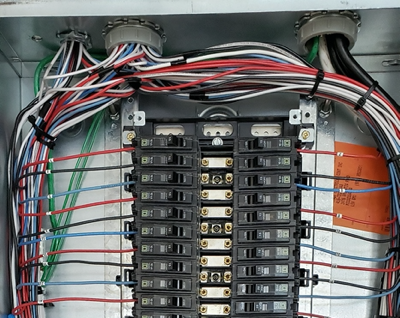
Disconnect Switch
Located near the outdoor unit will be a little box that has a means of shutting off the power to the unit for service. When any service is being done on the outdoor unit the technician will make sure this is shutoff to prevent an electrical shock. See if the disconnect switch is in the on position, if not then the unit is not getting electrical power.
Leaking Air Ducts
When replacing air conditioners, it would be a good time to check the condition of the ductwork that carries the air throughout the building. Leaks in ductwork should be fixed, as any leak is a loss of cooling capacity and a waste of energy.
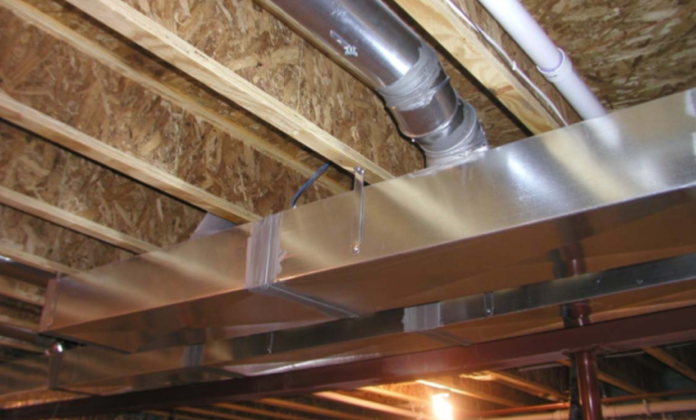
It’s like carry a bag of quarters from the bank and having a hole in the bag, where quarters fall out unnoticed. Seal any leaks to ensure that the energy you are using is only used for cooling the space and not the attic or outdoors. Fixing ducts that leak is one of the greatest energy saving strategies.
Air Flow Obstructions
Make sure that the outdoor condenser section doesn’t have its airflow restricted by walls, bushes, or other objects. The outdoor unit needs to move air across the condenser coil to reject the heat absorbed in the building. If the condenser is not getting proper airflow, there will be a loss in cooling capacity.
Bad Indoor Fan Motor
The indoor fan moves the air over the evaporator coil. If the fan is dirty or has malfunctioned then little to no air will be coming out of the supply grilles. You can turn the thermostat setting to fan only to see if the fan is blowing at its normal rate. If nothing comes out when set to fan only there is a good chance something is wrong with your fan motor or a capacitor or relay.
Thermostat
Make sure that the stat is on and has power, and that the proper settings have been entered. Check to see that the setting for cooling is lower than the current room temperature. If it’s a new thermostat, then re-read the instructions to ensure proper installation and setup.
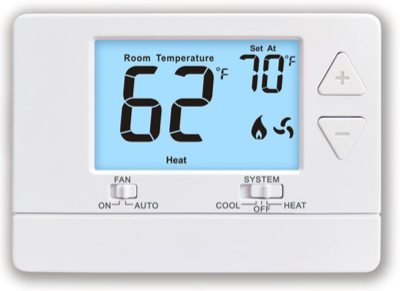
The Obvious
Make sure windows are closed and air vents are open. Make sure nothing is blocking the return air opening.
When done of the above helps improve the cooling, then it’s definitely time to call a professional air conditioning technician who can properly diagnose the problem. Here are a few things they may discover.
Leaking Refrigerant System
If there is a refrigerant leak in the system, the cooling capacity will be diminished. If a leak is suspected the technician will be able to tell by checking the temperature and pressures of the system, much like the doctor listening to your heart.
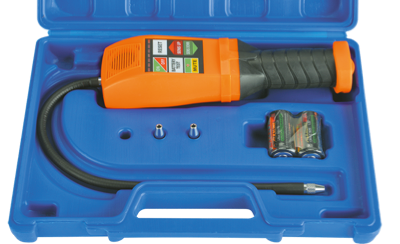
The refrigerant is the medium by which heat is moved from one location to the other, such as absorbing the heat indoors and rejecting it at the outdoor unit. If low on refrigerant the system compressor could burn out.
Compressor Malfunction
This is definitely one of the most expensive problems to occur. The compressor is the heart of the system and is responsible for circulating the refrigerant from the indoor coil to the outdoor coil. If the compressor burns out, it may be time to look at an updated air conditioner with a better energy rating if your system is 10 years old or older.
Capacitor or Relay
Hopefully the compressor is all good and it’s just a capacitor, that small shiny object in the outdoor unit that holds an electrical charge for assisting in the starting of the compressor. Or maybe it’s a relay contactor, those electric devices that allow electricity to certain parts of the unit when requested. A malfunctioning relay or contactor is an inexpensive fix compared to other repairs.
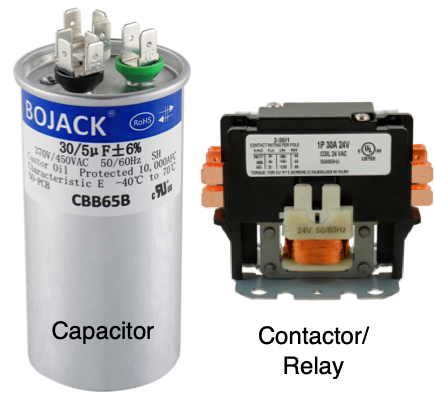
Frozen Indoor Evaporator Coil
The indoor evaporator coil is located above the furnace or in a sheet metal housing the indoor heat pump section. A frozen coil can occur when the refrigerant runs low or airflow to the indoor evaporator coil is restricted, like when a filter is clogged. Can you see any frost on the copper tubing leaving the evaporator coil, or is there excessive water dripping at the indoor coil?
Undersized Air Conditioner
Hopefully the engineer or installing contractor perform a load calculation to determine the correct size for your space. Rules of thumb should never be used for the proper sizing of air conditioners. If it is determined that the system was undersized look at supplementing the existing system with a split system for a particular area with different usage patterns and re-duct the air from that space to serve the rest of the spaces.
Over-sized air conditioners are also a problem as they frequently cycle on and off, without the proper run time to remove moisture from the air, leaving the space cool but clammy.
Minimum Maintenance you should provide for your Air Conditioner.
- Replace filters seasonally or sooner based on usage.
- Inspect and clean if required Condenser and Evaporator Coils seasonally.
- Inspect and lubricate fan motors seasonally.
- Flush and blowout condensate piping


